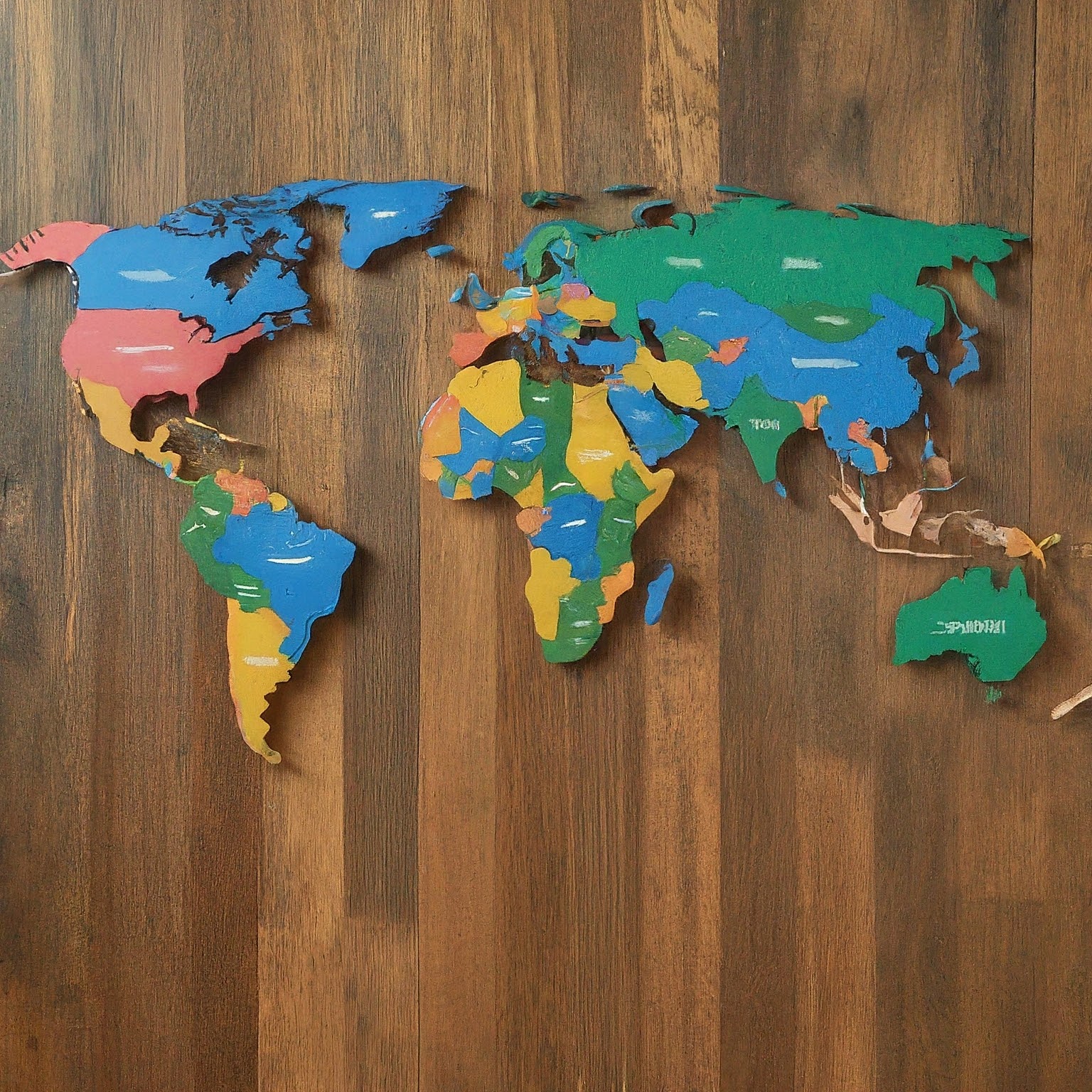In our interconnected world, accurately identifying countries and regions is crucial for various applications, from international trade to global travel. This is where country region codes come in, acting as the universal language for signifying geographical locations. But what exactly are country region codes, and how do they work?

There are two primary types of country region codes:
-
ISO 3166:
- Developed by the International Organization for Standardization (ISO), ISO 3166 is the most widely used system for country codes. It offers three sets of codes:
-
ISO 3166-1 alpha-2:
- These are the two-letter codes we commonly see, like US for the United States and FR for France.
-
ISO 3166-1 alpha-3:
- These three-letter codes provide a more descriptive alternative, such as USA for the United States and FRA for France.
-
ISO 3166-2
- : This delves deeper, assigning codes to subdivisions within countries, like states in the US or provinces in Canada.
-
-
UN M49:
- Established by the United Nations Statistics Division, UN M49 codes are primarily used for international trade statistics. They often align with ISO 3166 codes but may include additional codes for specific regions.
Understanding the different types of country region codes is essential. When encountering a code, it’s crucial to identify which system it belongs to for accurate interpretation.
Here are some of the benefits of using country region codes:
-
Standardization:
- They ensure consistency in representing countries and regions across different platforms and applications.
-
Efficiency:
- Codes allow for quick and concise communication of geographical locations, especially beneficial in data exchange.
-
Accuracy:
- Using standardized codes minimizes errors and misinterpretations when dealing with international information.
However, it’s important to remember that country region codes don’t represent political stances. They are purely designed for geographical identification and data organization.
In conclusion, country region codes are the building blocks for navigating the global landscape. By understanding the different types and their applications, we can ensure clear and efficient communication across borders. So next time you come across a country region code, remember, it’s not just a random sequence of letters or numbers; it’s a key that unlocks a world of information.
لا تعليق